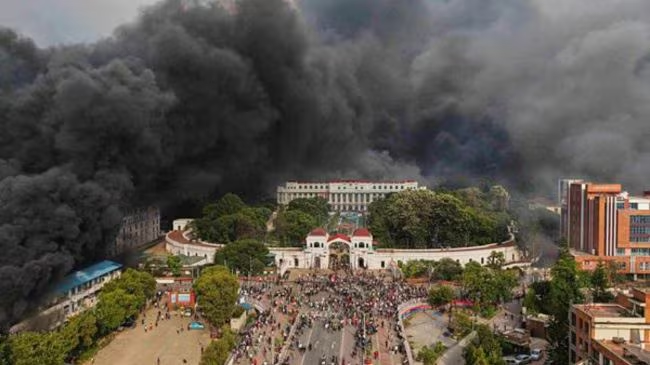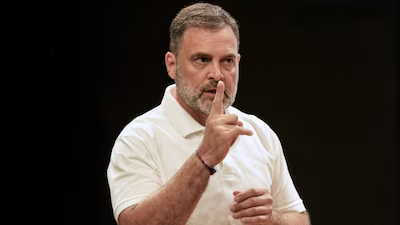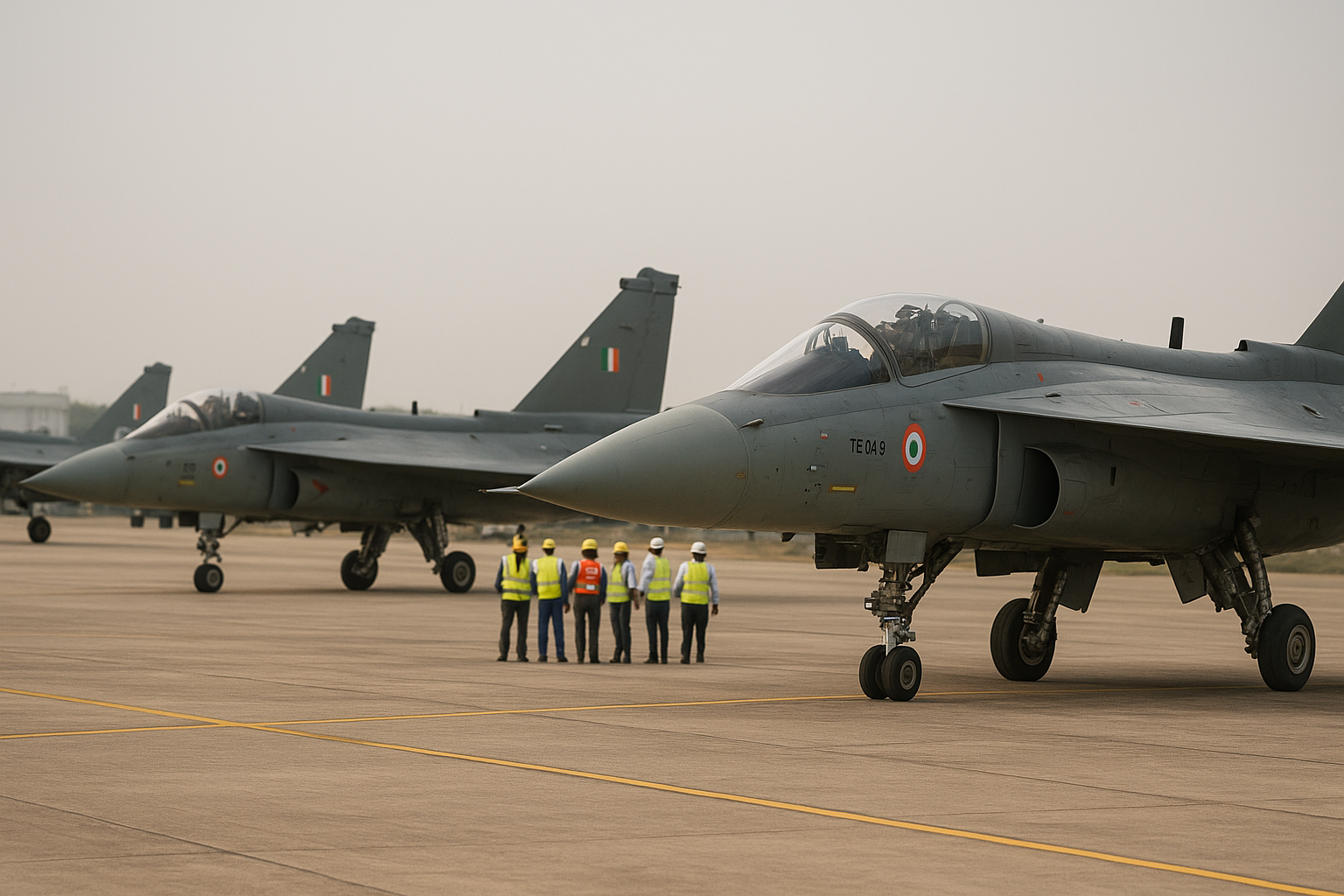Social Media’s Growing Role in Global Protests
Social media has changed the way protests happen across the world. From the famous Tahrir Square protests in Egypt to the recent political unrest in Nepal, platforms like Twitter, Facebook, and Instagram are now essential tools for activists. They help people raise their voice, share updates, and organize movements more effectively than ever before.
Background: The Rise of Digital Activism
The power of social media in protests first became widely known during the Arab Spring in 2011, when protesters in Egypt used Twitter and Facebook to share live news from Tahrir Square. These platforms allowed activists to bypass traditional media, helping their message reach the global audience directly.
Today, social media plays a similar role in Nepal’s current political crisis. People are using these tools to express their discontent, report protests in real time, and organize events across the country.
Latest Developments: Nepal’s Protest Goes Viral
Nepal’s agitation in 2025 has gained massive attention, much of it thanks to social media. Key developments include:
- Live Updates: Activists share real-time photos and videos of protests, police actions, and speeches on Twitter and Facebook.
- Viral Hashtags: Hashtags like #NepalProtest2025 and #NepalAgitation help raise awareness both inside and outside Nepal.
- Wider Reach: Posts are shared internationally, drawing support from global human rights organizations.
- Event Coordination: Protesters use social media groups and encrypted chats to organize meeting points and maintain safety.
This digital movement has helped spread the protest message faster and wider than traditional methods ever could.
Expert Insight: The Double-Edged Sword of Social Media
Political analyst Ramesh Thapa explains, “Social media empowers ordinary citizens to stand up against injustice. It makes it easier to spread messages without relying on mainstream media. But there is also the risk of misinformation, which can confuse public opinion and complicate the situation.”
Thapa also warns about the possibility of government crackdowns on social media platforms as authorities attempt to control the flow of information.
Why This Matters to Everyone
The role of social media in protests matters for multiple reasons:
- Empowering Individuals: It gives a voice to people who might otherwise be unheard.
- Global Awareness: Live updates reach a worldwide audience, building pressure on governments.
- Fighting Censorship: It helps bypass traditional media restrictions.
- Misinformation Risk: False information can spread just as fast, so responsible usage is important.
For citizens, staying informed through trusted sources and being cautious of misinformation is essential during such times.
What’s Next: The Future of Digital Protests
As governments around the world increase regulations on social media, activists are likely to turn to more secure, encrypted platforms. Tools like Signal or decentralized apps may gain popularity to help avoid censorship and surveillance.
Additionally, the collaboration between activists and digital rights organizations will likely grow, focusing on privacy and freedom of expression.
Conclusion
From Egypt’s Tahrir Square to Nepal’s 2025 political protests, social media continues to transform how people protest and demand change. It helps spread awareness, organize events, and empower citizens in unprecedented ways. But the power of social media comes with responsibility — both for activists and governments — to ensure that it serves the cause of truth and justice.



